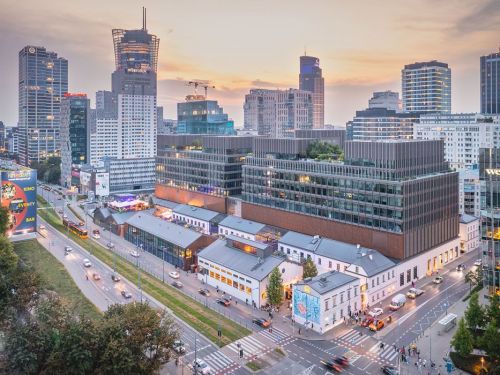It might come as something of a surprise to you to learn that not every shopping centre counts and analyses its footfall. According to the Retail Institute, around 230 of the 500 centres in Poland (less than half) have exact figures for how many shoppers visit them, even though such knowledge is essential for assessing the potential of a centre. “The information from footfall counting systems is used in planning marketing and leasing activities as well as in a centre’s management,” points out Anna Szmeja, the CEO of the Retail Institute. “Shopper numbers also play a key role when negotiating new leases with potential tenants or when recommercialising a centre as well as in negotiations with investors,” she adds. This is a point echoed by Magdalena Chachulska, the asset management director at Neinver: “Shopper numbers, just like sales figures, are extremely important in supporting the management of a retail centre. With such data, we can better monito































































